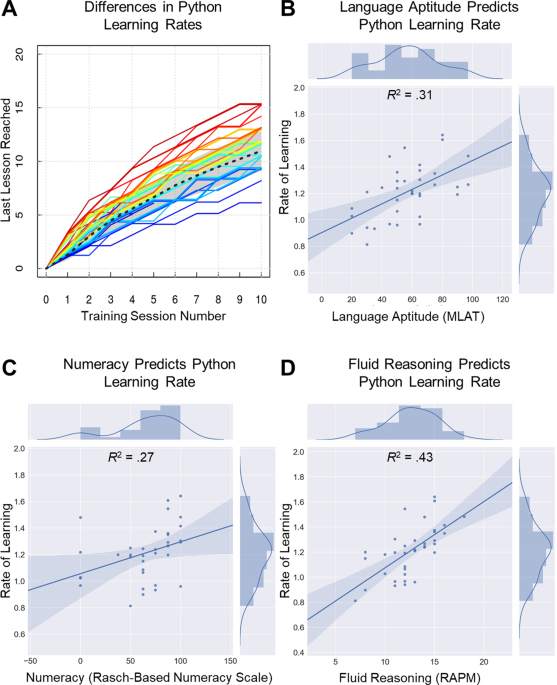
Exploring Small Language Models
While large language models are well-known for their ability to handle complex tasks, they also come with significant computational power and energy demands, making them less suitable for smaller organizations and devices with limited processing capacity.
Small language models (SLMs) offer a practical alternative. Designed to be more lightweight and resource-efficient, they’re ideal for applications that need to operate within limited computational environments. With fewer resource demands, SLMs are easier and quicker to deploy, reducing the time and effort required for maintenance.
Throughout this article, we’ll explore the various use cases of SLMs and discuss their advantages over LLMs. We’ll focus on: their efficiency, speed, robustness and security. And we’ll aim to understand why this type of AI model is becoming a popular choice for applications where large-scale models aren’t feasible.
Overall, the SLM is a type of neural network that generates natural language content. The term “small” refers not only to the physical size of the model, but also to the number of parameters it contains, its neural architecture, and the scope of the data used for its training.





.svg)










